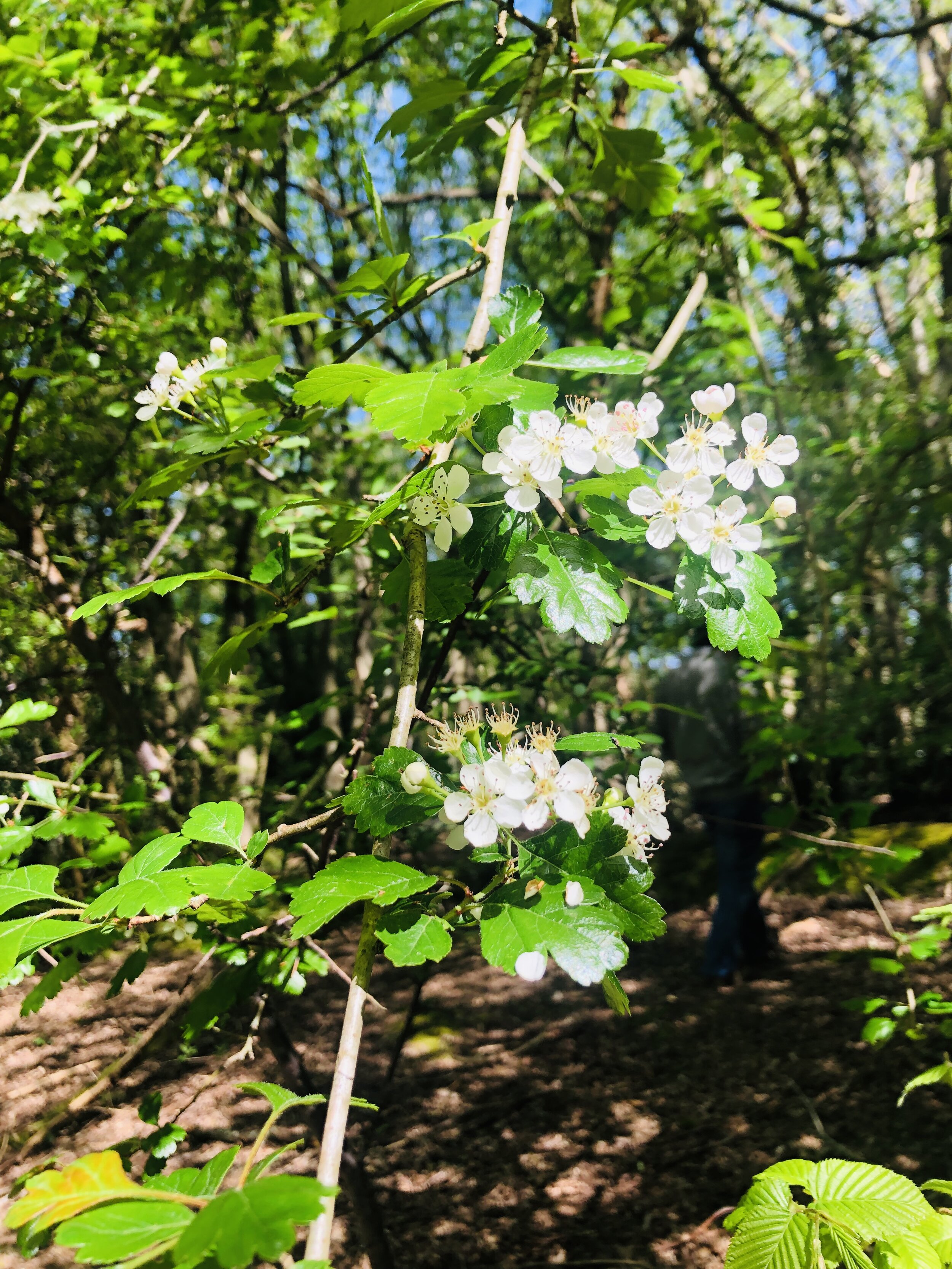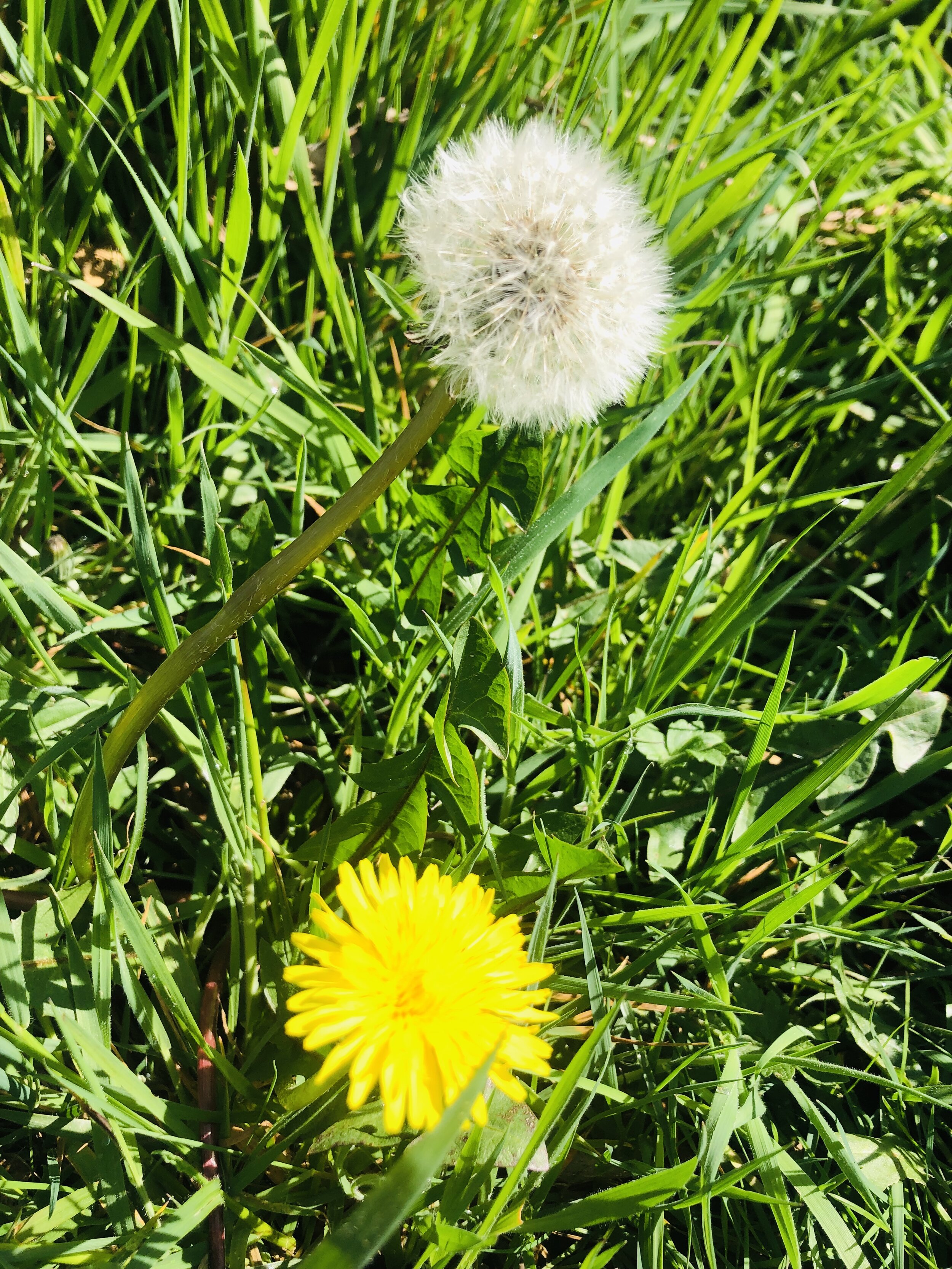Hawthorn Flower Water
/By Mel Evans
May Day is usually such an exciting time. May is the month when Spring turns to Summer and our thoughts turn to festivals, parties, weddings, day trips and holidays. Without that everything might feel a little flat today.
But nature marches on and the Hawthorn is starting to bloom. The Hawthorn blossom has long been associated with May Day and is often referred to as the Mayflower (yes, just like the ship).
There is much folklore surrounding the blossom and it was once believed bathing in the dew of the Hawthorn on May Day would bring eternal beauty!
The fair maid who the first of May, Goes to the field at the break of day, and washes in the dew from the Hawthorn tree, Will ever after handsome be.
I haven’t quite worked out how one ‘washes in the dew of a hawthorn tree.’ You would have to navigate the spikes and the flowers have such a heady smell that has been likened to the plague of London or carnal sex!
A better option, I feel, is to raise a glass of Hawthorn Flower Water instead. This has traditionally been used to relieve stress and anxiety and has a beautiful almond flavour. If you really want to push the boat out you could drink it though a Dandelion straw.
Hawthorn is easy to identify and is often found in hedges as well as growing alone in the woods. It has distinctive leaves, thorns and small white pungent blossoms. However it could be confused with Blackthorn (the bush that produces sloes). The Woodland Trust have produced this handy guide to help you tell the difference.
When you have collected your flowers you simply infuse them in water with a little ice if you like.
You could infuse the flowers in a glass, but this day we were making enough for everyone in the woods.
To make a Dandelion straw you simply pick a few flowers, remove the stem and wash out the ‘milk’ inside.
You should be able to enjoy this drink throughout May as, although traditionally associated with the 1st of May, May Day moved forward 13 days in 1752 after Britain’s calendar reform. If you have never heard about the change from the Julian Calendar to the Gregorian Calendar you should Google it. Its fascinating! Nature cares little for these things though, so the ‘Mayflower’ should be in full glory by mid May and we can’t wait.











